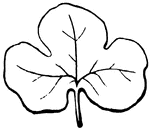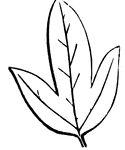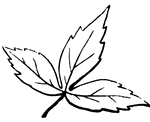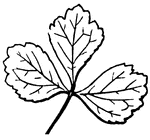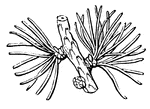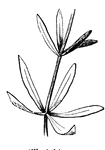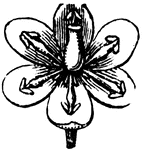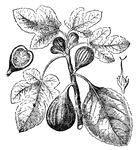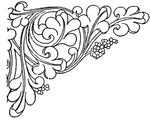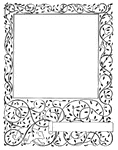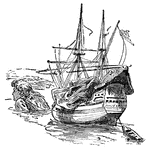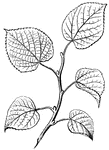
Basswood Buds
This shows the axillary buds on a twig of Basswood, they are alternate like the leaves.
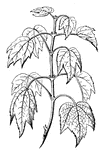
Red Maple Buds
This shows the axillary buds on a twig of Red Maple, they are opposite like the leaves.
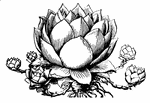
Houseleek
The houseleek is a fleshy plant, or succulent, which stores its nourishment in its leaves.

Lily Bulb
From the bottom of the bulb, roots descend into soil to absorb moisture and other matter from it, while,…

Parallel-veined Leaf
This type of parallel-veined leaf has veins running from the base of the leaf to the point.

Parallel-veined Leaf
This type of parallel-veined leaf has veins running from the midrib of the leaf to the margins.

Compound Leaf
This is an example of a compound leaf. Pinnate leaves have their leaflets arranged along the sides of…

Compound Leaf
This is an example of a compound leaf. Pinnate leaves have their leaflets arranged along the sides of…

Compound Leaf
This is an example of a compound leaf. Pinnate leaves have their leaflets arranged along the sides of…
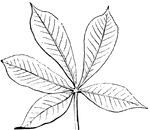
Compound Leaf
This is an example of a compound leaf. Palmate leaves have their leaflets arranged on the very end of…
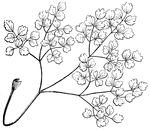
Compound Leaf
This is an example of a decompound leaf structure, meaning it is divided three or four times.

Red Buckeye
Leaves opposite, pinnate or with 3 leaflets, having stipules, and also little stipules to the leaflets.
Vorticella
Vorticella is a protozoan. Except for when young, it is usually found attached to dead leaves or sticks…

Valerian
Valerian, the type genus of Valerianaceae; an order of herbs. It is distinguished by opposite leaves…
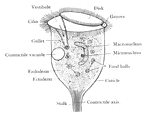
Vorticella
The vorticella is an interesting protozoan. It is found on submerged stems and leaves in stagnant water,…
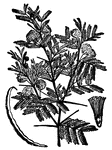
Acacia
A genus of plants of the order Leguminosae, consisting of trees or shrubs with compound pinnate leaves…

Flax. Flower and Seed-Pod
Flax is an annual plant with alternate linear-lanceolate leaves, many-flowered broad cymes, usually…
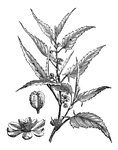
Jute
Similiar the "hemp". The tops server for pot-herbs, the leaves for manure, the stalks for fences, the…
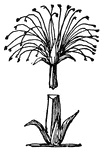
Papyrus
The papyprus is a frequent form in Egyptian ornament. Its straight, stiff triangular stem with four…
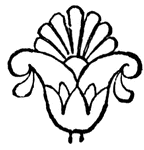
Lotus-Palmette with Tabs
Lotus-palmette with tabs consists of a group of diverging leaves or petals springing from between two…

Acanthus
Acanthus spinosus offers, by its formally regular growth and its crisp, crinkly and prickly leaves,…
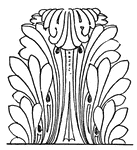
Acanthus Leaves
The Roman acanthus constitutes a type, rather than a particular form of leaf. As compared with the Greek…

Rinceau
A band design that includes a round stem, springing from a nest of acanthus leaves, then branching into…

Acroterium
The acroterium is the pedestal on the angle or apex of a pediment, intended as a base for sculpture.…
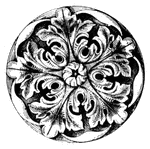
Cinquefoil
A five-leaved ornament, in circular and other divisions of the windows of ancient churches, and also…
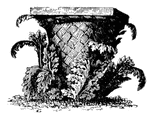
Corinthian Capital
A basket with acanthus leaves growing around it—the supposed inspiration for the Corinthian capital.
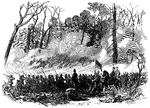
Battle of Shiloh
"Battle of Shiloh, or Pittsburg Landing, left wing- the woods on fire during the engagement of Sunday,…





